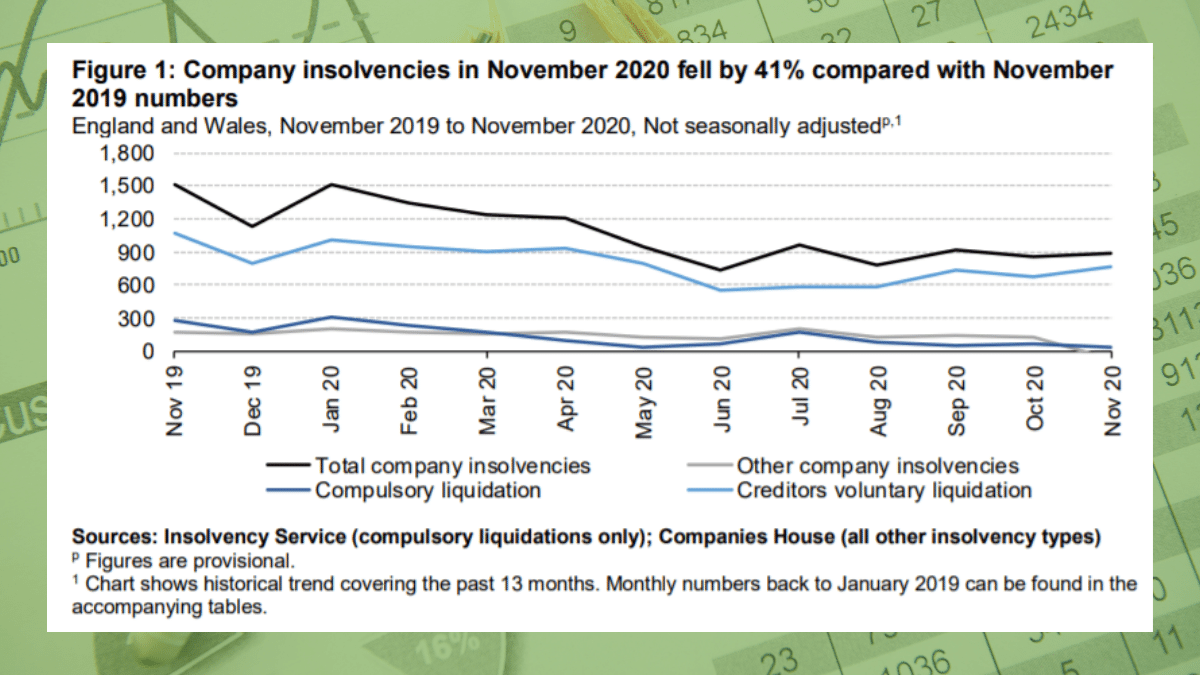The Main Principles Of Insolvency Practitioner
The Main Principles Of Insolvency Practitioner
Blog Article
Getting My Insolvency Practitioner To Work
Table of ContentsThe 9-Minute Rule for Insolvency PractitionerThe 2-Minute Rule for Insolvency PractitionerHow Insolvency Practitioner can Save You Time, Stress, and Money.The Greatest Guide To Insolvency PractitionerExcitement About Insolvency PractitionerThe Only Guide for Insolvency Practitioner6 Easy Facts About Insolvency Practitioner Shown
Bankruptcy is when obligations are higher than the worth of the company, or when a borrower can not pay the financial debts they owe. A company can come to be financially troubled due to a number of scenarios that cause poor capital. When encountered with insolvency, an organization or individual can call lenders straight and restructure debts to pay them off.
Service proprietors may contact financial institutions directly and restructure financial debts right into more manageable installments. Financial institutions are normally amenable to this technique since they want to be paid off and avoid losses, also if the payment is on a postponed schedule.
The owner develops a proposition describing exactly how the debt might be reorganized making use of expense reductions or other strategies for support. The proposal reveals creditors just how business might produce sufficient capital for profitable procedures while paying its debts. Commonly, a forgiven financial obligation might be thought about income by the Internal Income Solution (IRS).
A Biased View of Insolvency Practitioner
When a service needs to pay increased prices for goods and solutions, the company passes along the price to the consumer. As opposed to pay the enhanced expense, several consumers take their company in other places so they can pay much less for a services or product. Losing clients causes shedding revenue for paying the firm's financial institutions.
When operations cease, so does the firm's revenue. Some firms end up being financially troubled due to the fact that their items or services do not develop to fit consumers' transforming requirements.
Getting The Insolvency Practitioner To Work
Expenditures exceed earnings and expenses continue to be unsettled. Cash-flow bankruptcy takes place when a business has the assets to cover their financial debts but they are in the wrong type, such as actual estate rather of fluid funds. Balance-sheet bankruptcy, on the other hand, suggests an absence of properties in any form to cover financial obligations.
The IRS states that an individual is bankrupt when the overall responsibilities surpass overall assets. Insolvency Practitioner. A bankruptcy, on the other hand, is a real court order that depicts just how an insolvent person or business will certainly repay their financial institutions, or just how they will sell their properties in order to make the settlements
The Best Strategy To Use For Insolvency Practitioner
If that circumstance expands longer than prepared for, it can cause personal bankruptcy. When a firm or person is financially troubled, they can not satisfy their monetary commitments. Solvency is when you have sufficient funds to cover the repayments you owe. A business is thought about solvent when they have a lot more possessions than liabilities.

Understanding the elements that can result in insolvency, such as overspending, can help you prevent insolvency and its consequences.
The 30-Second Trick For Insolvency Practitioner
It is well known that supervisors and officers of corporations (and managers of restricted responsibility firms) owe fiduciary tasks to their organizations and their investors (or participants). These fiduciary commitments are specified by state statutes and, though there are variants from state to state, they typically consist of an obligation of commitment and a duty of care.
The task of treatment needs directors and officers to exercise persistance, to make enlightened choices, and to act in excellent confidence so that their activities remain in the most effective passion of the firm. Though beyond the scope of this discussion, some states permit these you could try this out tasks to be restricted image source either by so noting in the organizational records or conforming with other requirements.
Some Known Details About Insolvency Practitioner

Be cautious regarding offering shareholders preferential treatment at the expense of creditors (e.g., licensing and moneying a returns or a stock redemption). Be careful about preferential treatment between classes of investors. Make practical initiatives to learn all the realities prior to taking a specific program of action; directors ought to genuinely believe that any decisions made remain in he said the best rate of interests of the company in its entirety (i.e., choices will be evaluated in hindsight in light of the result of such actions on the corporation).
In any personal bankruptcy or insolvency proceeding, payments made to particular lenders at the cost of other financial institutions can be clawed back, particularly if there is some connection between the business and the lender. Consider suggesting at a yearly stockholder conference (or any kind of other meeting of investors) a resolution attesting that all previous company choices and activities taken by the directors and officers of the company were taken in great confidence after a workout of affordable treatment.
The Single Strategy To Use For Insolvency Practitioner
Fully reveal any kind of individual or company partnerships with parties on the other side of purchases including the firm to avoid the appearance of a conflict of passion. In assessing possible fund raising purchases or a sale of properties of the troubled company, realize that these transactions may be scrutinized later taking into account any subsequent development of directors' fiduciary duties to include lenders.
Report this page